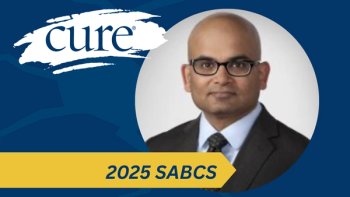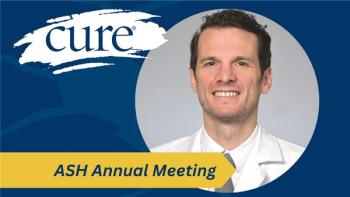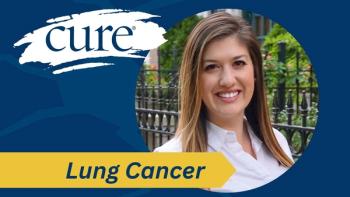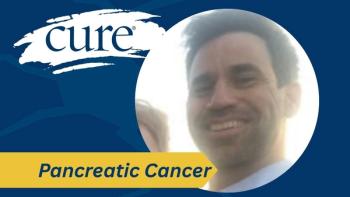
CURE Community Vlogs: Staying Active At Home Through Virtual Yoga
CURE® interviews Voices contributor Tamera Anderson-Hanna on the benefits of continuing to perform yoga at home for both patients with cancer experiencing lymphedema, as well as caregivers looking to address their own mental well-being.
Yoga is a beneficial exercise and outlet for patients with cancer, and their caregivers, to help handle the mental and physical side effects that come with cancer, including issues of lymphedema. But with the COVID-19 pandemic it’s become harder to continue yoga routines, but virtual yoga still has its benefits.
In an interview with
Transcription:
I think one of the things that I at least focus on is, somebody who's going through cancer can attend, but also the caregiver, the husband, the wife, the spouse, the partner, whoever that (support) person might be. They're also usually welcome to attend the classes, and that could be support as well. You'll notice I'm wearing a compression sleeve. So, when you attend a class, where somebody who has a little bit of a background working in cancer, and knowing the concessions that have to be made, we can look at how you need to use different props. I've got some blocks out because this is what I would use in my classes. And what I've been teaching people is they might not have the block in their home, but we can take a chair, we can take a stool, we can take different things that a person come to so when we go from a standing pose, which is like a mountain pose, then exhale down, you're coming down onto this block. So you're not having to come all the way down to the ground.
And we can adjust chair height, we can adjust the stool height. When I'm doing this kind of class I've been doing in person, I might have six of these blocks, I might have eight of these blocks, because it depends on how far the person can come down based on what range of motion they have. So, it's just a lot of different work that we do. I focus a lot on teaching people that have lymphedema. I didn't have the swelling in my arm or a little bit of that restriction, that tight feeling, probably until about three years out from my post cancer surgeries. And I really didn't think I was at high risk, but we have individuals in the cancer community that are experiencing loss of their lymph nodes or impairment product function.
So, I like to talk to people through the yoga not only about keeping good mental well-being as we go through the class, I talk about the poses and benefits. So a lot of the things that I do is I'm teaching people to bring your arms up, for example, and I will talk about the importance of bringing up lymphatic fluid all the way back down towards the heart center, and down towards it being detoxed through the body. What we're doing through yoga is if you think about it, kind of like when you're wringing out a dish cloth or a towel, and we're bringing up water and moisture, but for our body, which were mostly made up of water, so we're trying to detox that system. And as we're moving if we get that lymphatic fluid going in the right direction, that's the end of the fingers, for example, the facts the heart center, we do have we're helping to decrease that fluid.
Check back later for the full interview and brief yoga demonstration from Tamera!




